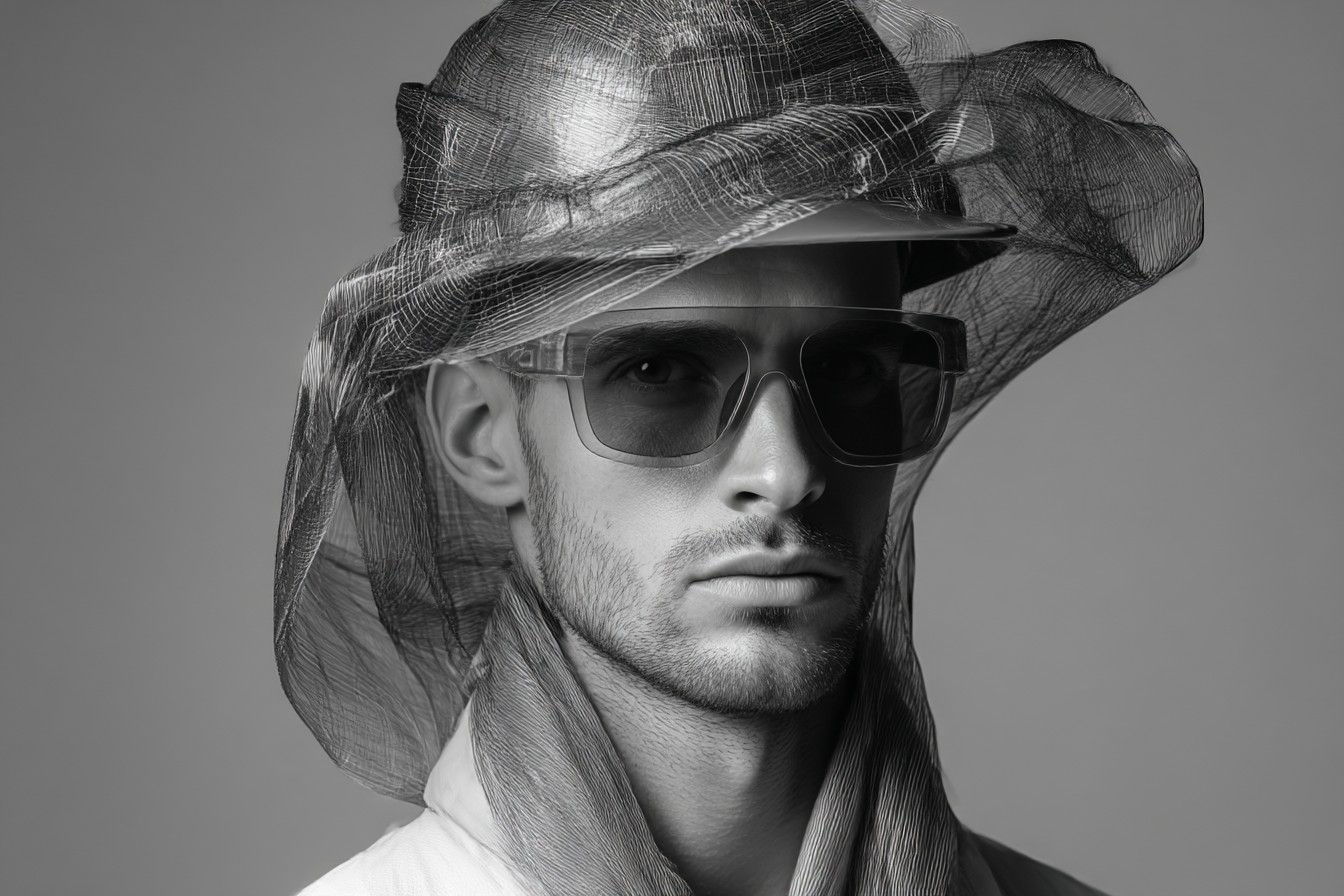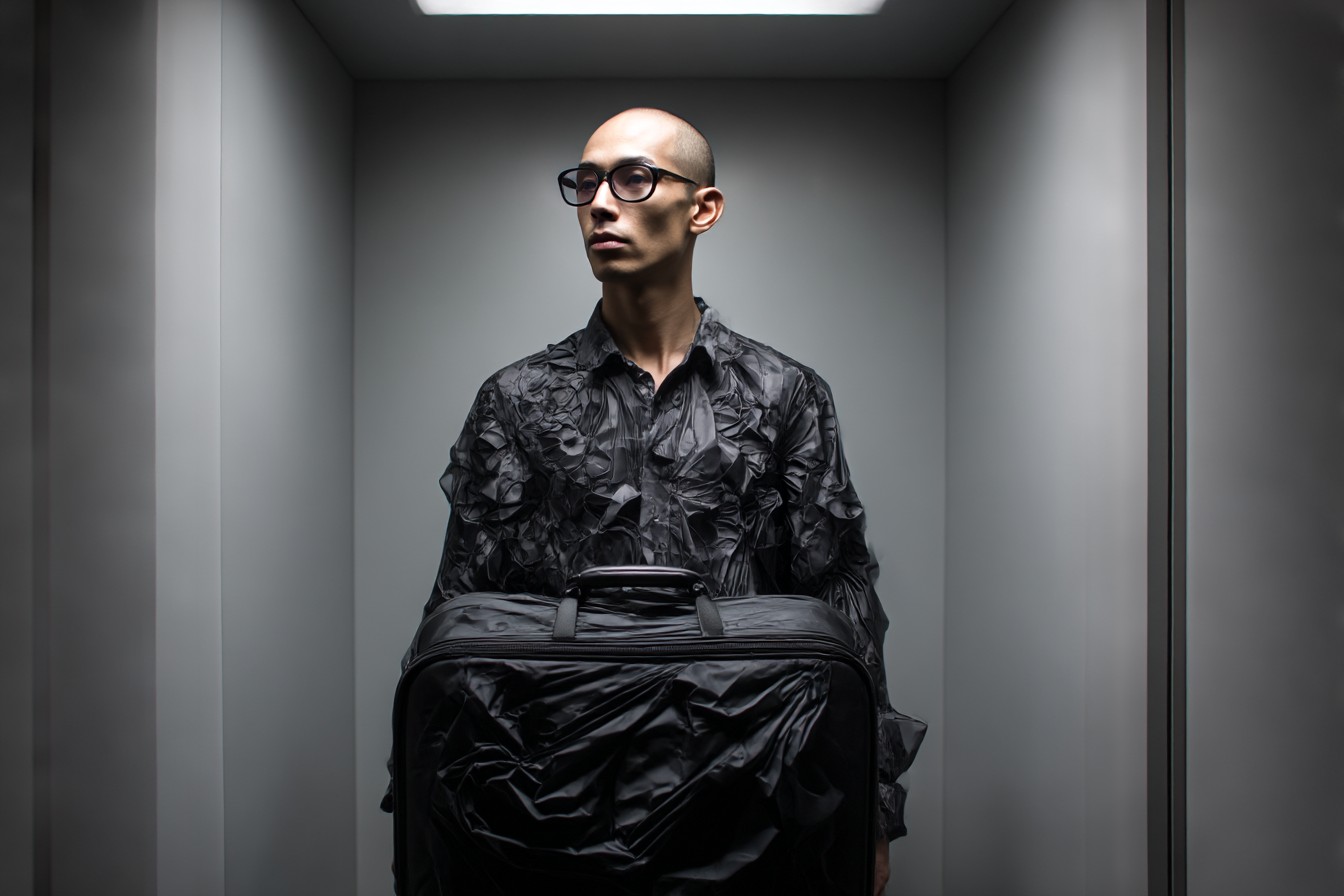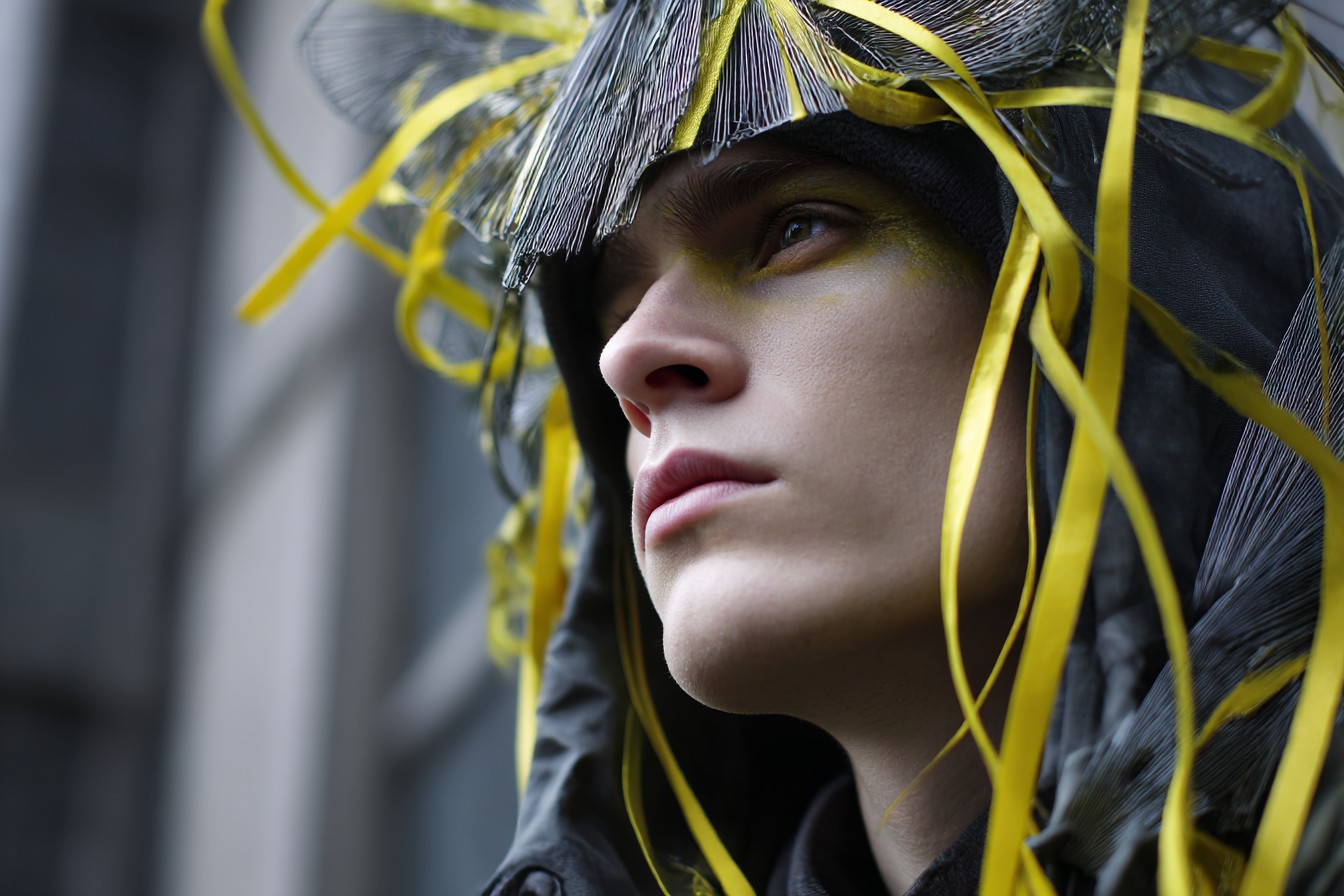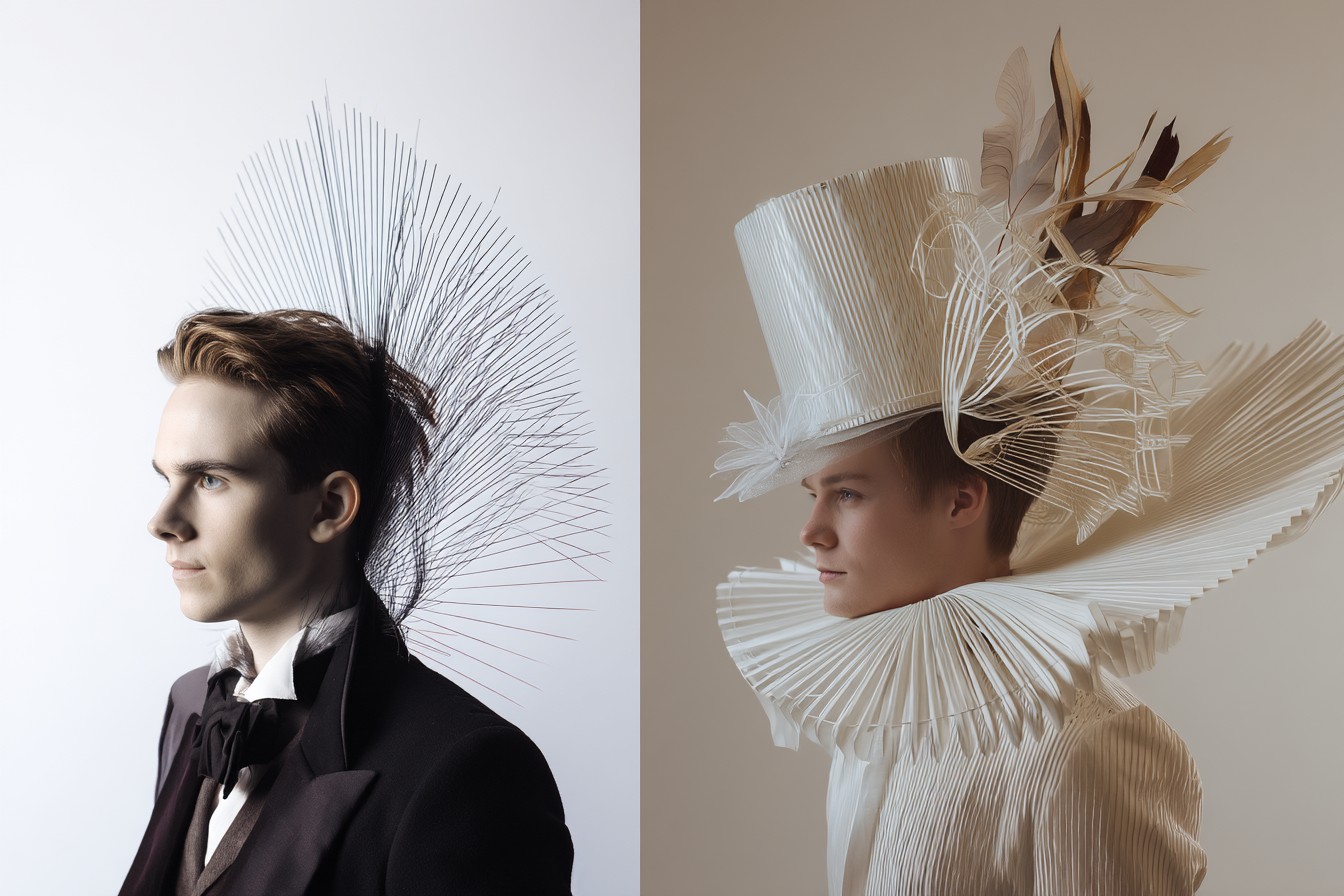The first time I walked onto an active construction site in Chelsea wearing slim-fit chinos and desert boots, I thought the foreman was going to laugh me right back to my air-conditioned office. “You the style guy?” he asked, looking me up and down with an expression that fell somewhere between amusement and pity. When I nodded, he just sighed and said, “Hope those aren’t your favorite shoes.” Three hours later, those desert boots—once a lovely sand suede from a British maker I’d featured in the magazine the previous month—were covered in concrete dust, splattered with something unidentifiable, and possibly ruined forever. Lesson learned.
That was five years ago, when I first started working on a series about how men in physically demanding professions balance practical requirements with personal style. I’d spent years writing about suits, pocket squares, and the perfect dress shoe patina, but I was suddenly aware of how disconnected that world was from how most American men actually dress for their working lives. Sure, bankers and lawyers need advice on suit colors and proper tie widths, but what about the guy who needs to kneel, lift, sweat, and occasionally bleed through his workday? What does “style” even mean when it has to coexist with actual physical labor or professional restrictions?
Since then, I’ve shadowed stylish men in some of the most demanding environments—following teachers through chaotic classroom days, trailing nurses during 12-hour hospital shifts, and yes, embarrassing myself on construction sites across three states. What I’ve learned has fundamentally changed how I think about men’s style. Sometimes the most impressive outfit isn’t the most expensive or trendy, but the one that manages to express personality while withstanding the apocalyptic conditions of a kindergarten art class or a summer day pouring concrete.
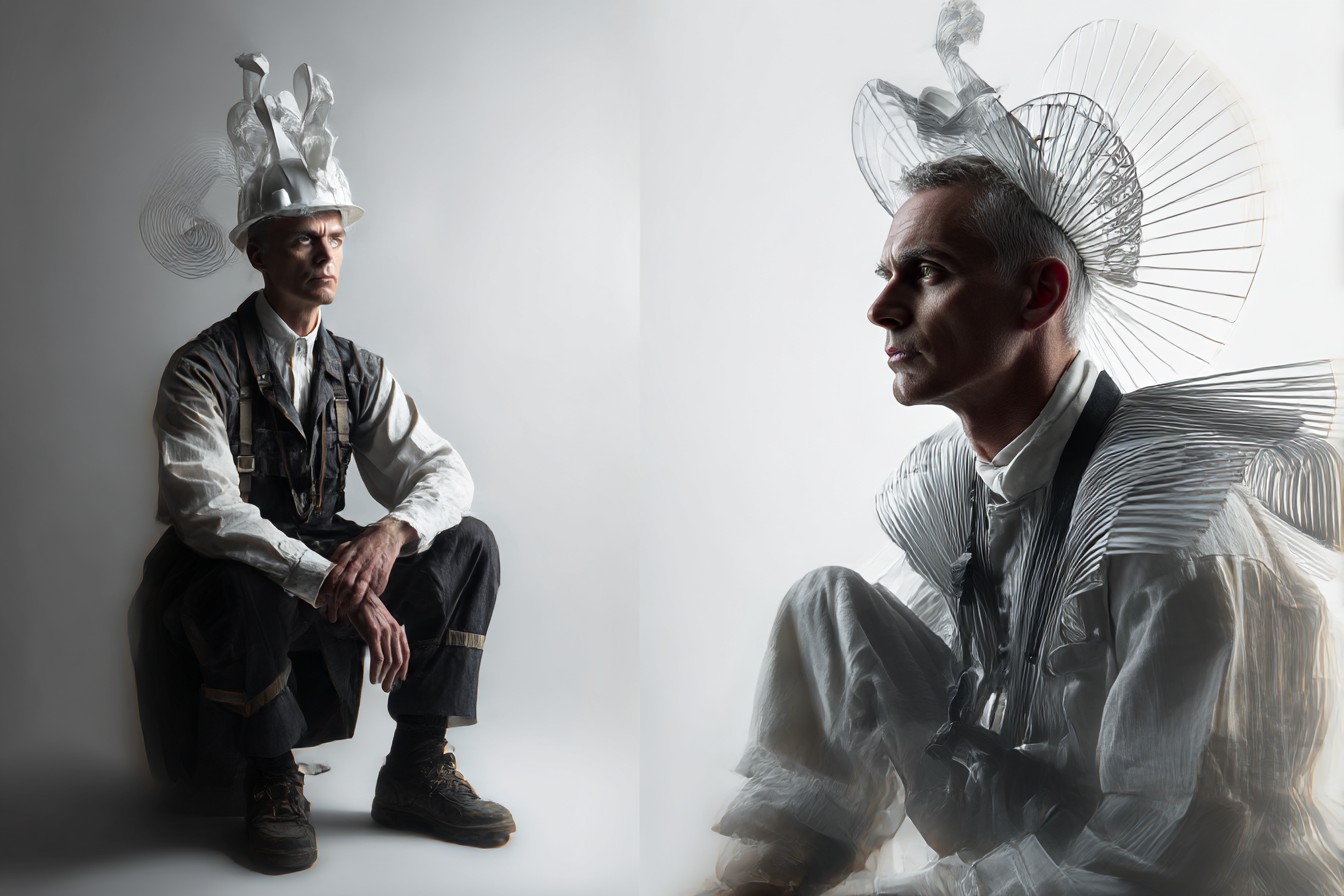
Let’s start with teachers, who navigate one of the trickiest style landscapes around. They need to maintain authority and professionalism while also being able to suddenly drop to the floor for an impromptu science demonstration or break up a hallway disagreement. They’re on their feet all day, often in buildings with wildly fluctuating temperatures, and they’re being silently judged by both colleagues and twenty-plus pairs of merciless young eyes.
“Students notice everything,” explained Miguel, a high school history teacher in Chicago whose style I’ve admired since we met at my cousin’s wedding three years ago. “They’ll call out a new haircut, a different belt, if you wear the same shirt twice in one week. It’s exhausting but also keeps me honest about not falling into a boring rotation.”
Miguel has mastered what I’ve come to think of as “elevated teacher casual”—a step above business casual but with far more practical considerations. On a typical day, he’s wearing dark, slim (but not skinny) chinos with enough stretch to allow movement, paired with an Oxford cloth button-down or a merino polo depending on the season. His secret weapon is a collection of lightweight quarter-zip sweaters that he calls his “teacher uniform upgrade.”
“The quarter-zip is perfect for school,” he told me while showing me his impressive collection in navy, burgundy, olive and charcoal. “It looks more put-together than just a shirt, it gives me pockets for all the stuff I’m constantly carrying, and I can adjust for temperature without looking like I’m undressing in front of my students.”
His footwear rotation reveals the practical reality of teaching—primarily comfortable leather chukkas with cushioned insoles, though he switches to more breathable options during the warmer months. “I tried dress shoes my first year teaching,” he admitted. “By October, I could barely walk. Now I prioritize comfort but avoid looking like I’m heading to the gym.”
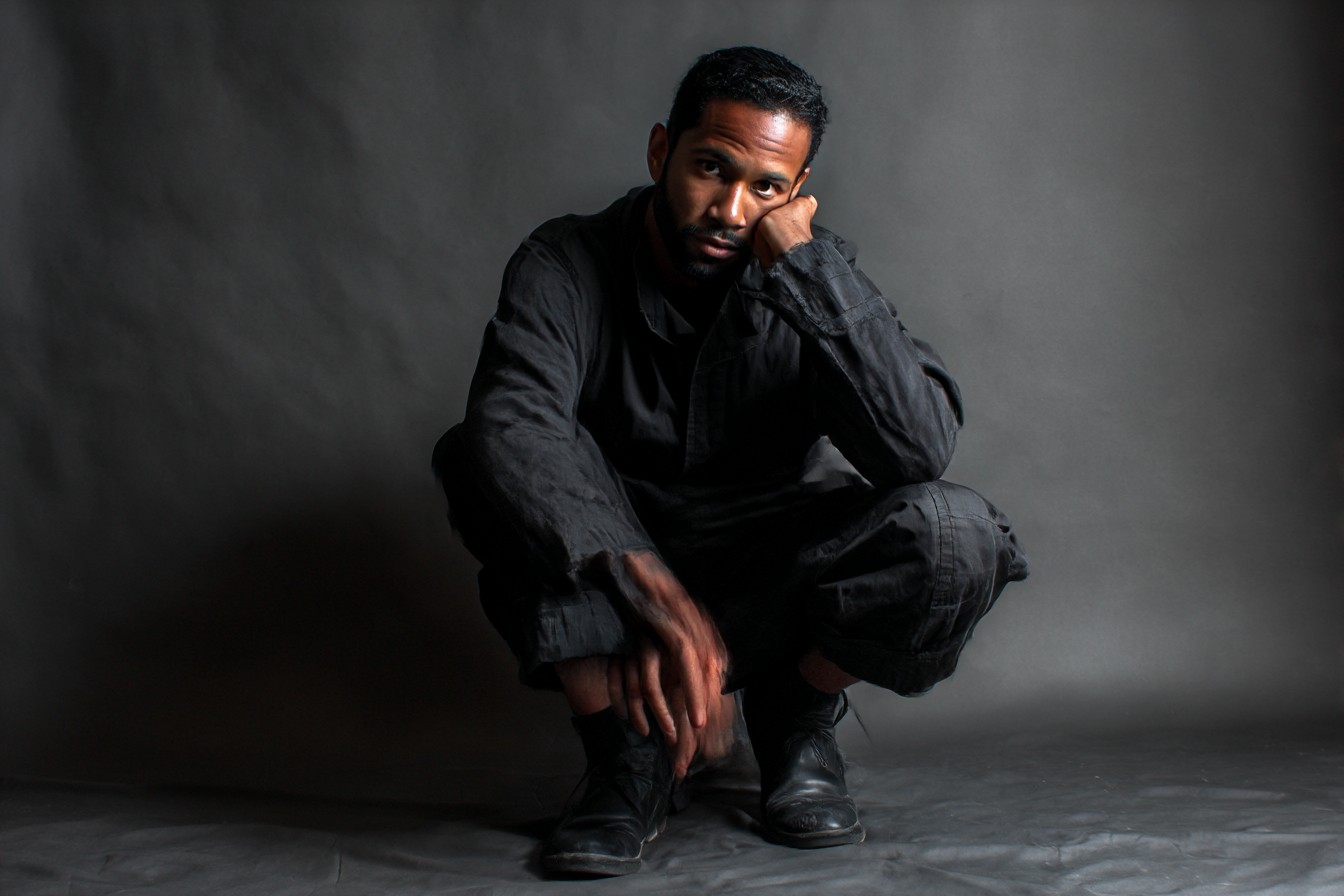
The most interesting aspect of Miguel’s approach isn’t the specific items but his strategic thinking. He follows a self-imposed rule of keeping his most expensive or precious clothing items out of the classroom. “I learned that the hard way after a brand new shirt met a whiteboard marker without a cap,” he explained. “Now I save my nicer pieces for parent conferences and school board meetings.”
This strategic approach to workwear extends to his accessories—a simple leather-banded watch that can take a beating, no expensive rings that could get damaged during hands-on activities, and a rotating collection of conversation-starter ties for special occasions that regularly feature dinosaurs, historical figures, or subtle science jokes. “The ties are my version of the crazy socks some teachers wear,” he said. “It gives students something to connect with beyond the subject matter.”
The nursing profession presents even greater style challenges. Dress codes range from strict (mandated scrubs in specific colors) to somewhat flexible (solid-color scrubs of choice plus personal accessories), all while requiring constant movement, exposure to various bodily fluids, and 12+ hour shifts where comfort becomes crucial to basic functioning.
Carlos, an ER nurse in Atlanta who my buddy Marcus introduced me to after a mountain biking accident (don’t ask), has turned the scrub life into something approaching personal style despite the limitations. “People think there’s nothing you can do with scrubs, but that’s not true,” he explained during a coffee break on a rare day off. “Fit matters just as much as with regular clothes.”
Instead of accepting the boxy, unisex scrubs many hospitals provide, Carlos invests in higher-quality brands with more tailored fits. “Figs and Jaanuu make scrubs that actually follow the lines of your body instead of hanging like a potato sack,” he said. “They’re more expensive, but I wear these things 50 hours a week. It’s worth it.”
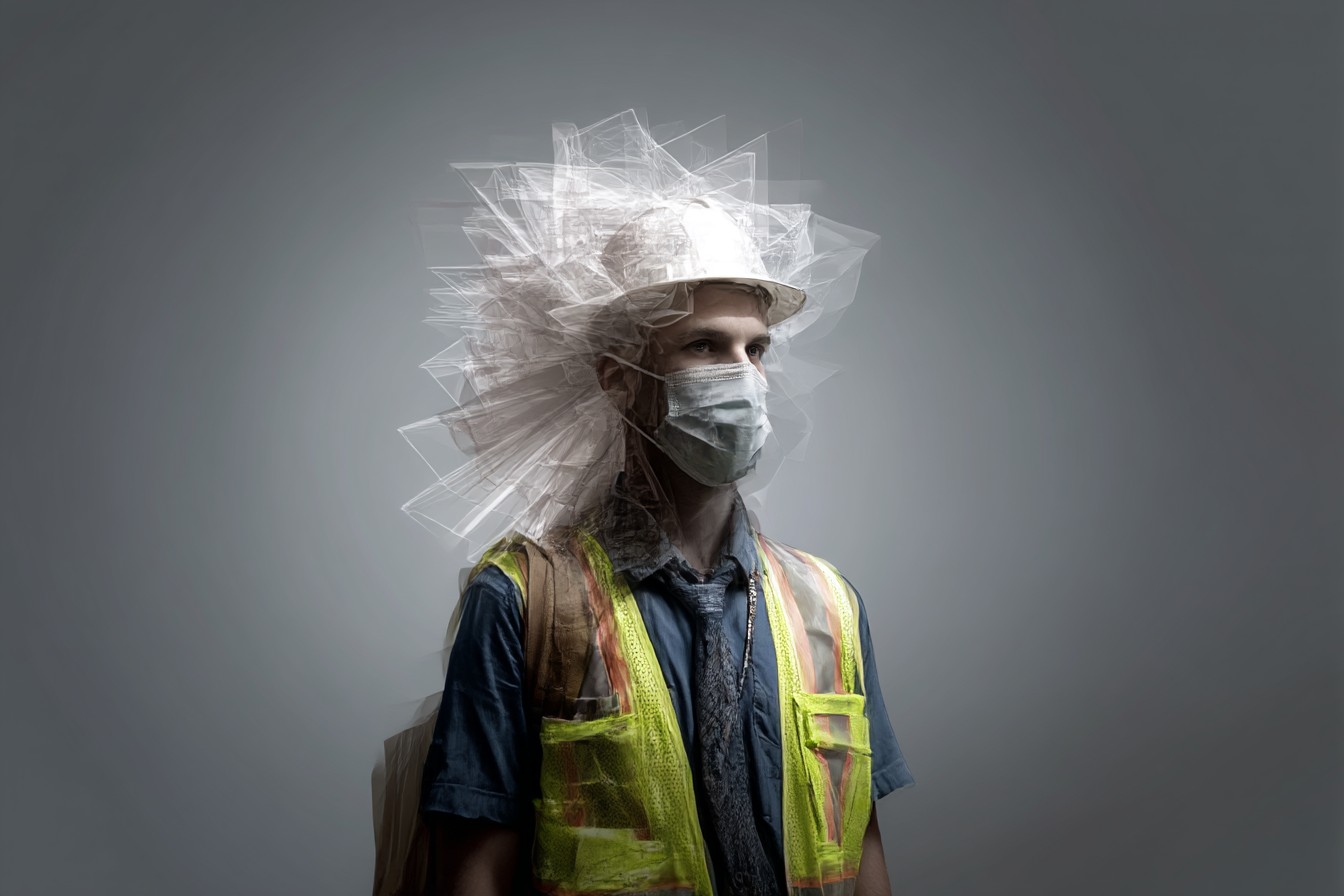
The real expression comes through in what Carlos calls his “peripherals”—the shoes, underscrubs, accessories, and outerwear that aren’t strictly regulated. His compression sock collection would make a fashion editor jealous, with patterns ranging from subtle geometrics to wild florals, visible only when he’s sitting or bending. His footwear rotation addresses the brutal reality of being on his feet for 12-hour shifts—primarily high-end running shoes from brands like Hoka and On Cloud that offer maximum support while still looking intentional.
“Shoes are non-negotiable,” he insisted. “I tried to save money on cheaper options when I first started. My back and feet were destroyed after three shifts. Now I budget for two new pairs of top-quality shoes every six months and consider it an investment in my career longevity.”
The most surprising insight from Carlos was about how he approaches his everyday style outside of work. “I go in completely the opposite direction,” he explained. “After wearing essentially pajamas all day, I find myself dressing up more on my days off. Nice jeans instead of sweatpants. Button-downs instead of t-shirts. It’s like I need to remind myself I’m not at work.”
Perhaps the most dramatic style challenges come in the construction and trades world, where clothing isn’t just about appearance but actual safety and functionality. After my concrete-splattered boot incident, I approached this sector with considerably more humility and practical questions.
Ray, a site supervisor for a high-end residential construction company in Austin who reads the magazine religiously (and emails me corrections when I get technical details wrong), has developed what might be the most thoughtful approach to workwear I’ve encountered.
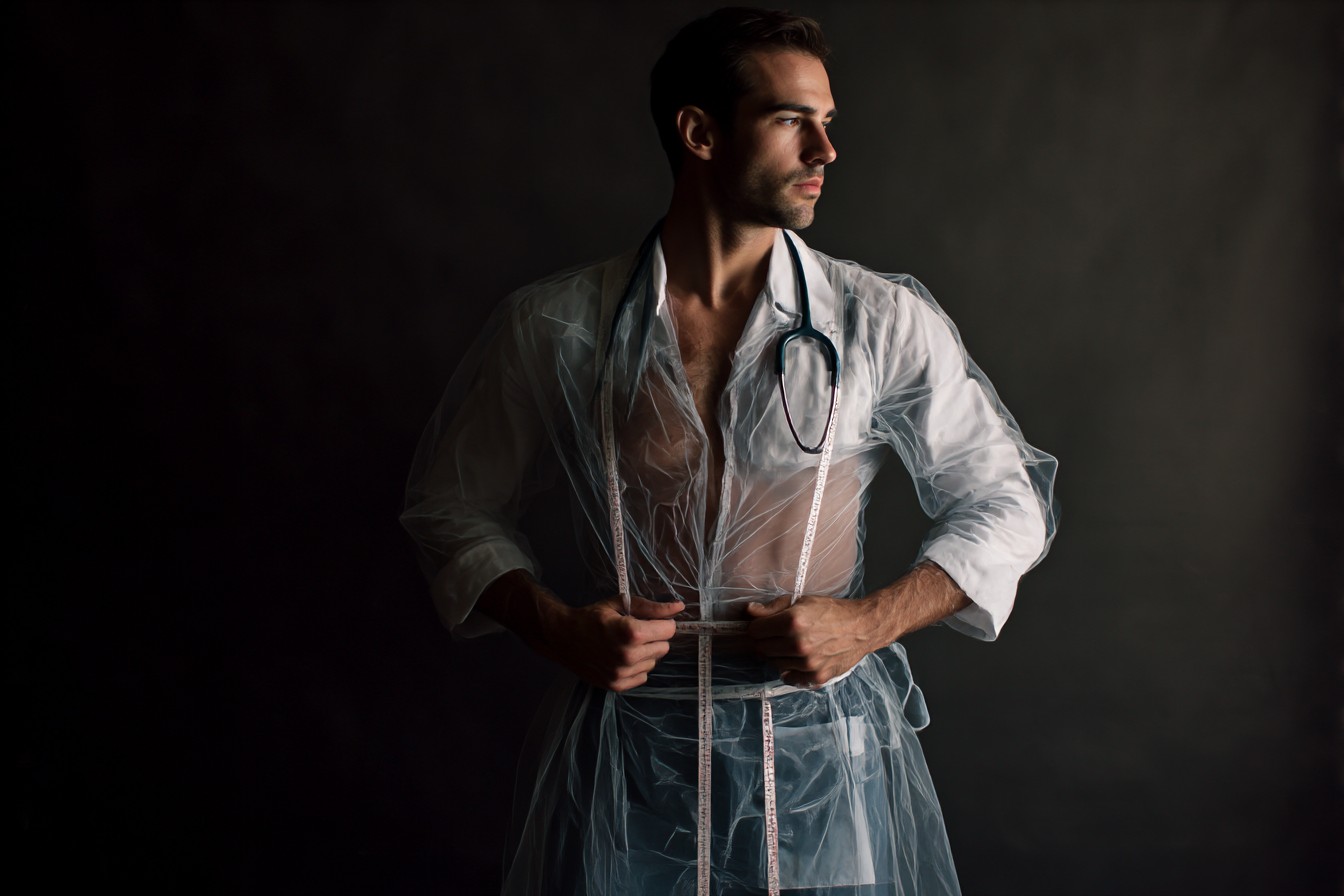
“Everything I wear has to serve multiple purposes,” he explained, showing me his meticulously organized work closet during a home visit. “I need clothes that can handle physical labor, protect me from hazards, last through constant washing, and still look decent enough that I can meet with clients or architects without changing.”
His solution centers on a capsule workwear collection built around higher-quality versions of traditional construction site staples. Instead of cheap work pants that blow out after a few months, he invests in premium work pants from brands like Duluth Trading and Carhartt’s higher-end lines, focusing on models with reinforced knees, intelligent pocket placement, and slight stretch for movement.
“I buy multiple pairs of the exact same pants and shirts when I find something that works,” he said. “It simplifies my mornings and means I always have a backup when something inevitably gets destroyed.”
Ray’s approach to layering is particularly clever, following what he calls his “three-layer rule” for the upper body: a moisture-wicking base layer (usually a technical t-shirt), an insulating mid-layer that can stand alone if needed (typically a work shirt or light flannel), and an outer protective layer (ranging from vests to full jackets depending on weather).
“The key is being able to add and remove layers as conditions change, without looking sloppy if a client shows up unexpectedly,” he explained. “I need to be able to go from crawling under a house to discussing finishes with a homeowner without missing a beat.”
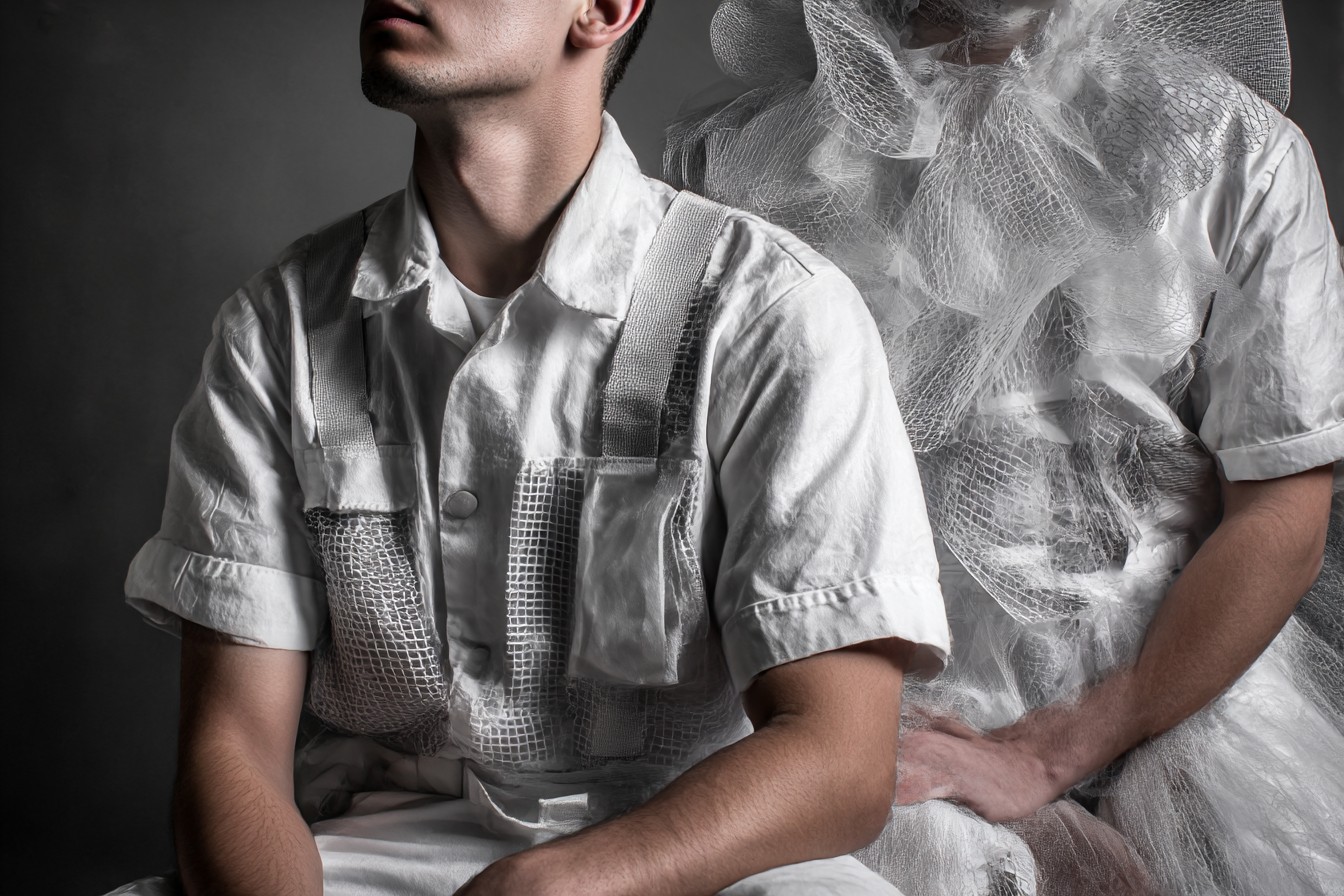
His footwear reflects the serious demands of construction work—primarily American-made work boots with proper safety features, resoled regularly rather than replaced. “My Red Wings are going on seven years,” he noted with obvious pride. “They’ve been resoled three times, but the uppers just keep getting better. They’ve seen me through from apprentice to running my own crews.”
What struck me most about Ray’s approach was his focus on subtle quality and fit rather than obvious brands or trendy workwear styles. “There’s this whole fashion workwear thing happening now, with expensive brands making clothes that look like what we wear,” he said with a slight eye roll. “But most of that stuff wouldn’t last a day on site. I don’t need a $300 designer work jacket. I need something that won’t rip when I’m carrying lumber and can handle being washed with heavy-duty detergent three times a week.”
Across all three professions, I noticed some common threads in how these stylish professionals approach their workwear. First, they all invest strategically—spending more on items that impact comfort and performance while saving on pieces that tend to get damaged regardless of quality. Second, they’ve all found small ways to express personality within their constraints, whether through accessories, fit choices, or quality details that might only be noticeable to the wearer. Finally, they all approach their work wardrobes with a level of intentionality that would impress even the most dedicated menswear enthusiast.
Miguel sums it up perfectly: “My students might not know the difference between cheap and expensive clothes, but they absolutely know the difference between someone who cares about their appearance and someone who doesn’t. I want to model that caring about how you present yourself matters in any profession.”
This perspective has fundamentally shifted how I think about men’s style. After a decade of writing primarily about suits, dress shoes, and luxury accessories, I’ve gained a new appreciation for the style challenges faced by men whose workdays involve actual physical demands rather than just looking good in a conference room.
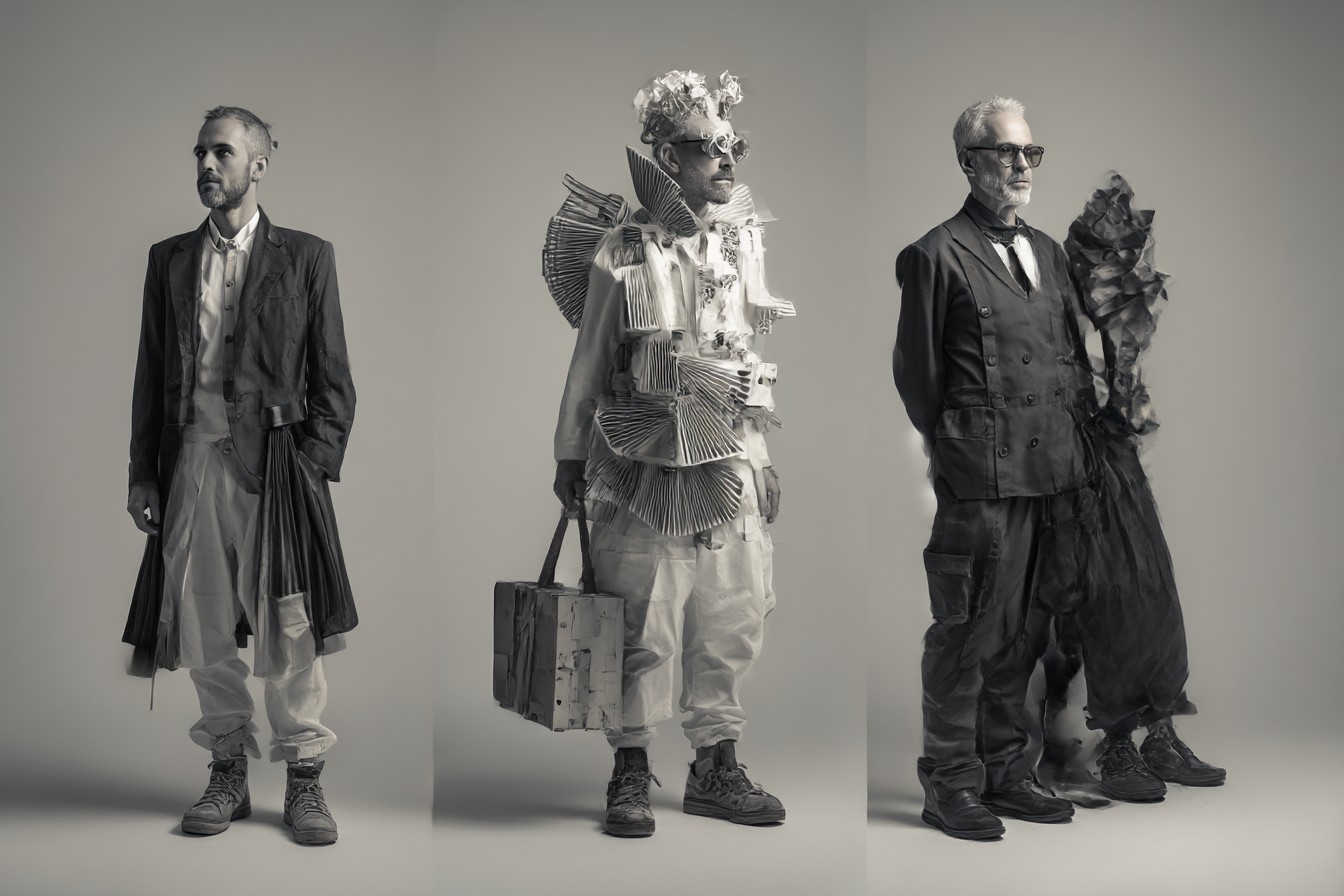
I’ll never forget shadowing Carlos during a particularly brutal ER shift that involved multiple trauma cases and bodily fluids I still don’t want to identify. At the end of the night, as he was changing to head home, he carefully hung up his scrub top rather than tossing it in his bag.
“Habits matter,” he explained when he caught my questioning look. “Taking care of your clothes is taking care of yourself, even when they’re just scrubs.”
That, to me, represents the essence of real style—not just wearing expensive or trendy items, but approaching your appearance with intention and care regardless of your constraints. The banker in his custom suit might look more conventionally “stylish” than the nurse in carefully chosen scrubs or the construction worker in quality workwear, but both demonstrate the fundamental elements of personal style: intention, appropriateness, and self-expression within constraints.
The next time you find yourself admiring a well-dressed man, look beyond the obvious markers of expensive fabrics or trendy styles. True style innovation often happens in the most restricted environments—where men like Miguel, Carlos, and Ray find ways to express themselves while meeting the practical demands of jobs that require far more than just looking good. That’s a lesson worth carrying into any wardrobe, no matter what your workday entails.
